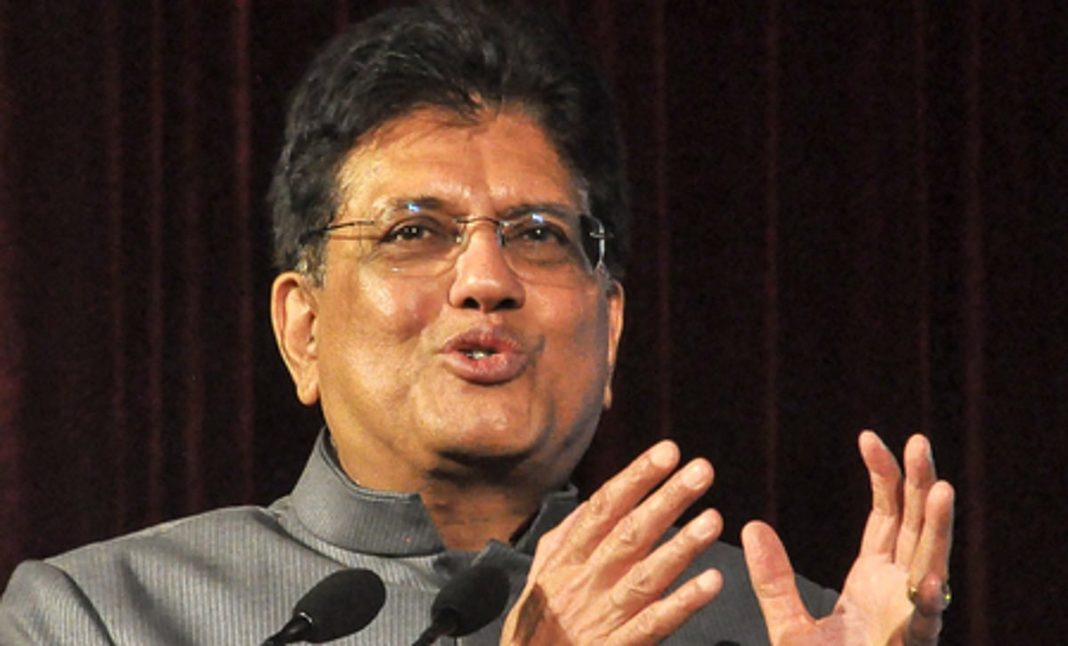Govt Working to Improve Rare Earth Supply: Piyush Goyal
Commerce Minister Piyush Goyal announced on Friday that the government is intensifying efforts across three key areas—trade policy, critical mineral sourcing, and import substitution—to strengthen India’s economic position in a volatile global landscape.
Key Takeaways
- Government pushing trade pacts, domestic exploration, and import substitution
- Focus on developing rare earth processing facilities within India
- Industry urged to diversify suppliers and prioritize local alternatives
Multi-Pronged Strategy for Self-Reliance
Goyal revealed that the plan involves negotiating new trade agreements, boosting domestic exploration, enhancing recycling capabilities, and supporting startup ventures in the critical minerals sector.
“In our country, we are looking at increasing explorations and I have been talking to start-ups engaged in this area both for recycling of the waste, from which we can extract rare earths, and we are also in dialogue with start-ups to see if we can create the processing facility in India, which is currently concentrated in one geography,” said the Commerce Minister during his address at an ASSOCHAM event.
Strategic Trade Agreements
India is actively negotiating Free Trade Agreements with multiple countries to reduce reliance on any single supplier. The government now focuses on FTAs aligned with sectors where India has strengths or promising potential, rather than striking deals with direct competitors.
“Countries that come to India with products, goods, and services that straight away impact our own businesses, we have stopped all those types of engagements,” Goyal stated.
Call for Industry Transformation
The Minister criticized Indian firms for importing materials even for marginal cost savings and urged them to follow the practices of Japanese and South Korean companies that favor local suppliers.
He asked industries to diversify import sources and prioritize locally available alternatives to imported intermediate goods to support domestic manufacturing.
India’s approach combines selective liberalization with protective calibration, aiming to make industry more self-reliant while maintaining global linkages. As negotiations with the US, EU, and other economies continue, the government’s ability to balance competitive openness with domestic safeguarding will be tested.




